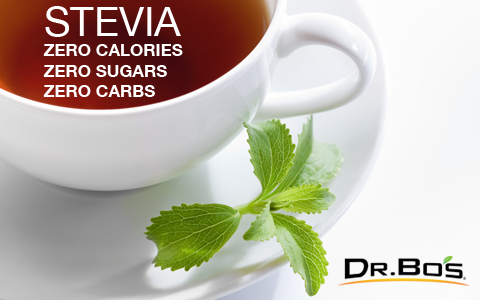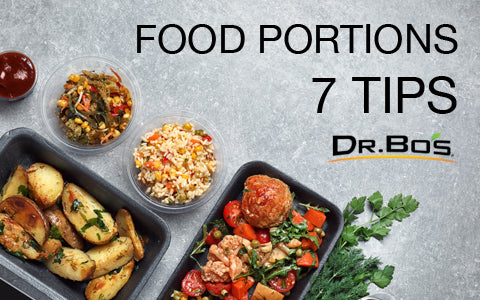Blog

Memory Loss and Brain Function
Ever forget where your keys are? Or maybe what you did yesterday? Yeah, we all blank on those from time to time, no matter what age we are. Sometimes there's...
Memory Loss and Brain Function
Ever forget where your keys are? Or maybe what you did yesterday? Yeah, we all blank on those from time to time, no matter what age we are. Sometimes there's...

Collagen: Your Body's Best Friend
Collagen has gotten quite popular the past few years. Especially, with the discovery or attention of how increasing the intake of this protein in our diet affects a number of bodily features....
Collagen: Your Body's Best Friend
Collagen has gotten quite popular the past few years. Especially, with the discovery or attention of how increasing the intake of this protein in our diet affects a number of bodily features....

Stevia: Zero Calories, Zero Sugar, Zero Carbs
Healthy Sweetener – Stevia We all love our sweets. A nice glass of lemonade. Some ice cream after dinner. Or maybe we just get our sugar craving like usual that...
Stevia: Zero Calories, Zero Sugar, Zero Carbs
Healthy Sweetener – Stevia We all love our sweets. A nice glass of lemonade. Some ice cream after dinner. Or maybe we just get our sugar craving like usual that...

Food Portions: 7 Tips
It can be tough to gauge portions accurately when eating, especially when our mouths are bigger than our stomachs or when eating out! So many health complications can develop by eating...
Food Portions: 7 Tips
It can be tough to gauge portions accurately when eating, especially when our mouths are bigger than our stomachs or when eating out! So many health complications can develop by eating...

Digestion Explained
Digestion is the process by which the complex materials of food are broken down into simpler substances in preparation for their entrance into the bloodstream. For example, proteins are broken...
Digestion Explained
Digestion is the process by which the complex materials of food are broken down into simpler substances in preparation for their entrance into the bloodstream. For example, proteins are broken...

Diet for a Healthy Colon
Our modern way of life is conducive to colon diseases such as cancer. By changing our eating habits and lifestyle, we may avoid or heal colon disease. Listed below are...
Diet for a Healthy Colon
Our modern way of life is conducive to colon diseases such as cancer. By changing our eating habits and lifestyle, we may avoid or heal colon disease. Listed below are...
